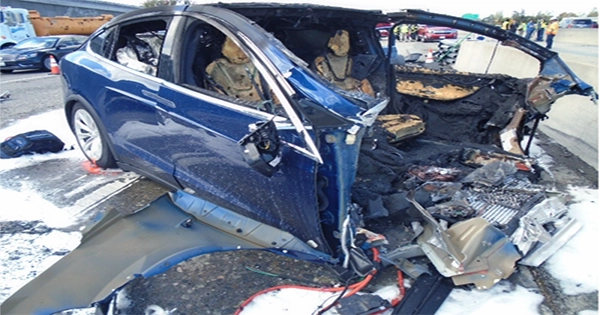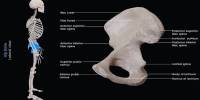A 2022 Tesla Model S collision with three fatalities is being looked at by a U.S. government agency. The Tesla Model S may have been using Autopilot at the time of the crash. The advanced driving assistance system (ADAS) that Tesla uses to execute automated tasks including steering, accelerating, and automatic braking is called Autopilot. The news was initially reported by Bloomberg.
The Tesla was wrecked in the collision, which happened in Newport Beach, California earlier this month when it hit a curb and collided with construction machinery. The National Highway Traffic Safety Administration (NHTSA) is looking into more than 30 crashes, all of which may have utilized Autopilot. Only three of the 35 special crashes investigations of Tesla since 2016 that used the ADAS of the electric car manufacturer have ruled out the use of Autopilot. 14 collision fatalities in all have been documented in the investigations.
The incident that happened this month is the 42nd to be covered under the NHTSA’s special crash investigation of ADAS systems like Autopilot. The inquiry was started in 2016 in response to a fatal Florida accident involving another Tesla Model S that had Autopilot turned on. Although Tesla’s website states that its “current Autopilot functions require active driver supervision and do not render the vehicle autonomous,” the firm has come under fire for misrepresenting the capabilities of its cars through it branding.
Tesla’s latest, more sophisticated ADAS, which goes by the terms “full self-driving software” and “Autopilot,” lulls users into a false sense of security despite the reality that its technology is far from fully self-driving. According to a preliminary investigation revealed Monday by the National Transportation Safety Board, the route where a Model S crashed last month in Texas, killing the two occupants, could not have been used by Tesla’s sophisticated driver assistance system, Autopilot.
The findings help put some of the incident’s riddles to rest. Since the police claimed that nobody was in the driver’s seat at the time of the collision, there has been much suspicion that Autopilot was in use. According to the NTSB, the only Autopilot feature that could be used in that area of the road was adaptive cruise control. According to the study, that section of the road did not have autosteer, another device that maintains the car in its lane. The early findings of the investigation are consistent with statements made by Tesla’s vice president of vehicle engineering, Lars Moravy, who claimed during an earnings call that the car’s adaptive cruise control was activated and sped up to 30 mph before the incident.
















